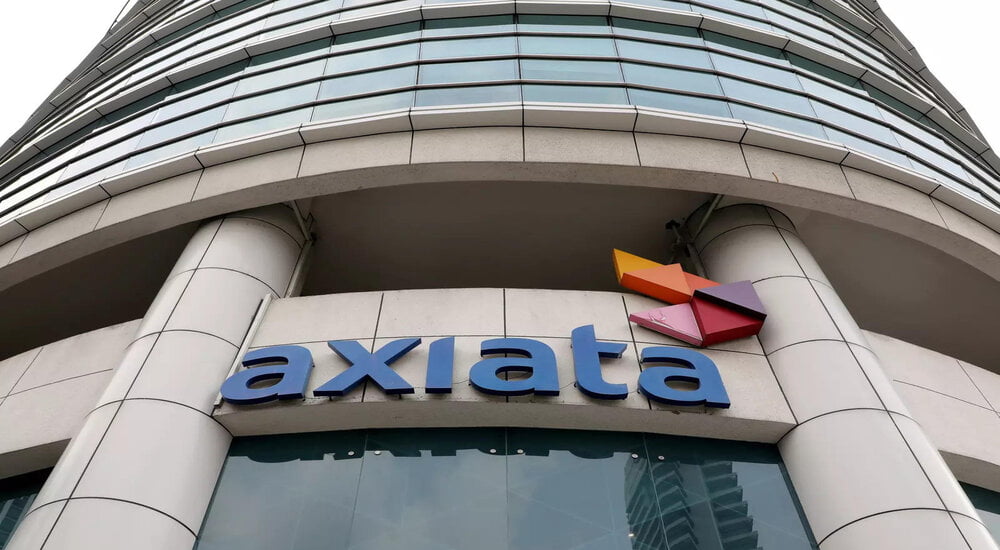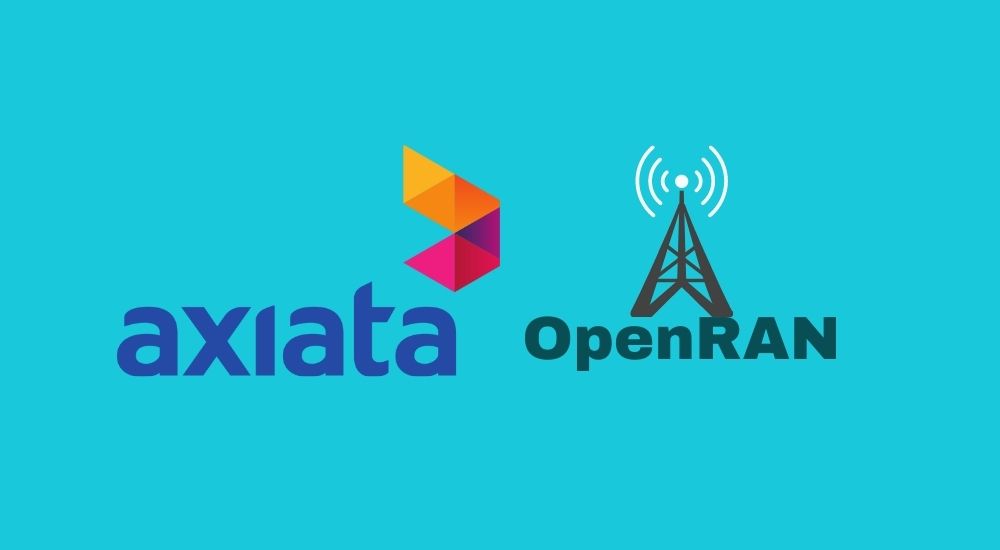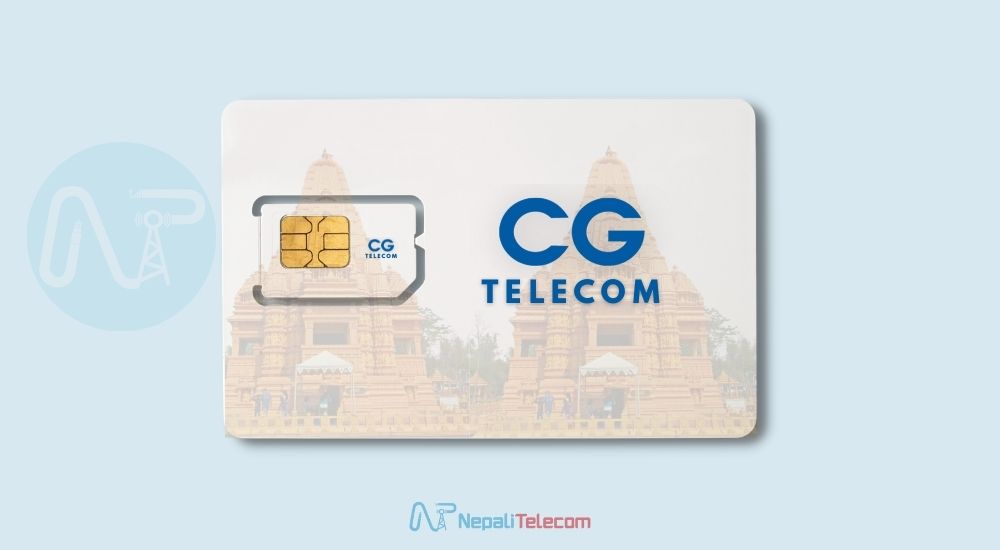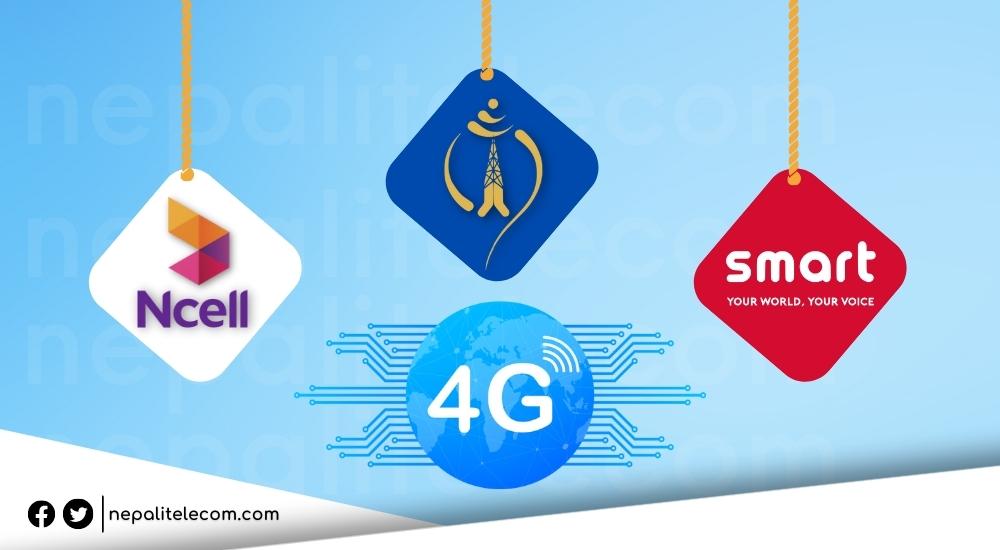Axiata Group Bhd. has conducted the first trials of Open RAN field pilots in select areas in Malaysia, Indonesia, and Sri Lanka. The Malaysian telecom giant is seeking to lead commercial Open RAN technology in the region. The technology will bring significant improvement in 2G and 4G broadband connectivity and bridge the digital divide.
Axiata, which is also the parent company of Ncell, has tied Mavenir and Parallel Wireless as strategic partners and Infosys as system integrators to expand O-RAN across its markets in Southeast Asia, and South Asia.
What Is Open RAN?
Open RAN performs disaggregation of the RAN hardware and software and divides it into three blocks; Radio Unit (RU), Distributed Unit (DU), and Centralized Unit (CU). This allows telcos to use hardware from a vendor (of their choice) and software from different vendors, without the traditional proprietary interfaces. In short, it is an open interface and also gives telecom operators the liberty to add more features and services, quickly based on the requirements.
Open RAN gives telcos more authority and freedom to integrate the latest innovations and bump their efficiencies. This is why Open RAN is going to be the leading standard for the telecom industry in the coming days.
Future For Mobile Networks
Group executive vice-president (technology) Thomas Hundt emphasized the essence of Open RAN for 4G expansions and called it “the future for mobile networks”. He added that Axiata would soon adopt it for 5G too.
“Aligning with our vision to become ‘The Next Generation Digital Champion’, the benefits from open networks will enable Axiata to better serve rising connectivity needs across the region, especially in rural and under-served areas, whilst ensuring sustainable value creation for our stakeholders.
Together with our partners Mavenir, Parallel Wireless, and Infosys, and in line with the global connectivity push under the Telecom Infrastructure Project (TIP), Axiata is committed to embracing fully automated infrastructure to boost the open network’s ecosystem in Asia,” he elaborated.
Hundt said that Axiata deployed the MAVair Open vRAN solution that included all G Open RAN, Packet core, and Mobile Network applications in select regions in three countries. He said Open RAN will soon become a commercial mainstream in the Asian region, especially in emerging markets.
Benefits of Open RAN
As emphasized earlier, Open RAN serves telco operators more choice to modify their RAN components in disaggregated hardware and software blocks. They can tailor the service as per their needs and meet customers’ demands. With Open RAN, there is no vendor lock-in issue as in the traditional RAN network. This means the telcos are able to choose equipment of their choice and software requirement features that they need/upgrade.
In emerging Asian markets, Open RAN could play a leading role to improve mobile broadband and voice calling services. Presently, mobile operators are expanding 4G and gearing up for the fifth-gen launch. The legacy network may even phase out soon. In this, Open RAN solutions become an ideal technology to improve mobile network efficiency. This will pave the way for better broadband performance with lower latency.
Also read: Google Cloud And Axiata Team Up For Cloud Digitalisation In Asia

Axiata’s Diverse Testing
Axiata conducted its Open RAN test with variations with each strategic partner. Utilizing MAVair Open RAN solution the Malaysian telco achieved the first live commercial service integration of Telecom Infra Project (TIP)’s Evenstar 4G radio.
Likewise, Parallel Wireless provided G, cloud-native Open RAN solutions were also deployed during the trials. They helped Axiata deploy commercial 2G and 4G Open RAN connectivity in the South Asia nation, Sri Lanka.
Parallel Wireless’s solutions enabled 2G and 4G technology to be installed on the same radio units, with baseband deployed on an x86 commercial-off-the-shelf (COTS) platform, and all other applications deployed on Axiata’s OpenStack cloud infrastructure, he said.
Infosys, its system integrator helped Axiata with system integration that brings elevated mobile broadband experience and next-gen voice call services. Axiata is likely to utilize 1800 MHz for 2G and 4G connectivity for next-level broadband and voice call support.
Axiata’s Affluent Base
Axiata Group currently about 157 million telecom subscribers in South East Asia and South Asia. The leading Malaysian telco will introduce the Open RAN technology in Nepal too (with Ncell) once its trial phase concludes. It is expecting to commercialize the technology in Q4 in 2021.
Axiata recently merged with Norwegian telecom operator Telenor to combine their Malaysian telecom operations in a multibillion-dollar deal. With a robust customer base and more financial viability, Axiata is eyeing its lead in the telecom business in Asia. Adding Open RAN technology will enhance mobile broadband and expand 4G and 5G networks in the future.
How excited are you with Axiata harboring cutting-edge tech like Open RAN for its telecom markets in Asia? Given that Axiata is the major stakeholder in Ncell makes it very exciting news for us too. Give us your take in the comments below.













